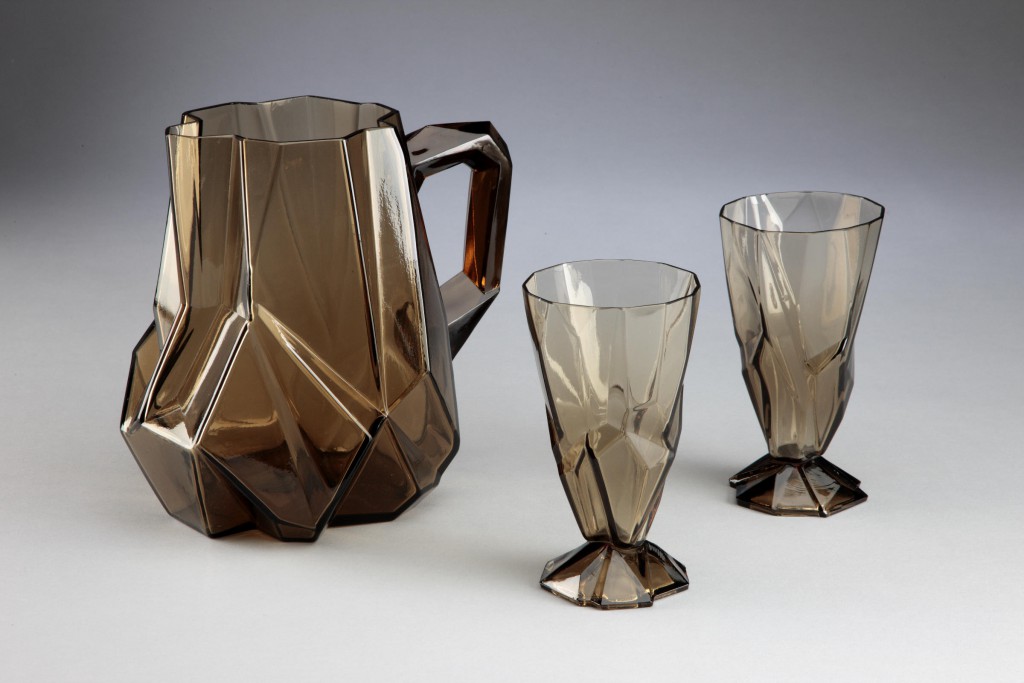
PITTSBURGH – Carnegie Museum of Art will soon unveil a group of exhibitions, running concurrently fall and winter, 2015–2016, celebrating modernism in Pittsburgh. Through extensive archival research, these exhibitions show a mid-century industrial city brimming with innovative architecture and design. They remind us that Pittsburgh has always been a hub of technology and creative industries, with developments here entering national conversations.
- “Hot Metal Modern: Design in Pittsburgh and Beyond” (Charity Randall Gallery, opens Sept. 26) is an excellent point of departure. The installation reveals the significant contributions of Pittsburgh-based designers and manufacturers in the development of 20th-century modernism.
- “HACLab Pittsburgh: Imagining the Modern” (Heinz Architectural Center, Sept. 12–May 2, 2016) is a bracing revelation. Using archival photography, drawings, and ephemera, this experimental presentation contextualizes the arrival of modern architecture in Pittsburgh during the 1950s and 1960s, a period of rapid change through urban renewal. And, it demonstrates how other cities held up Pittsburgh as an example of progressive urbanism.
- “Silver to Steel: The Modern Designs of Peter Muller-Munk” (Heinz Galleries, Nov. 21–March 14, 2016) introduces the creative mind behind Pittsburgh’s industry. In an era of manufacturing might, Muller-Munk’s design firm, Peter Muller-Munk Associates, designed products found in households across the country and helped manufacturers push the boundaries of new materials for an international roster of clients.
- “Jane Haskell’s Modernism: A Pittsburgh Legacy” (Gallery One, Nov. 7–March 7, 2016) expresses a remarkable life living with, making, and giving great works of art. Explore the aesthetic sensibilities of Haskell, an artist, collector, adviser and patron, through modernist artworks in CMOA’s collection that came from her own, or were purchased under her advisement, including Kandinsky, Malevich, Carrà, Picasso and Stella.
“Hot Metal Modern: Design in Pittsburgh and Beyond” reveals Pittsburgh as a major center of design, where avant-garde art met cutting-edge materials that transformed America. From the roaring 1920s to the swinging 1960s, pioneers at Carnegie Institute of Technology, Kaufmann’s Department Store, and manufacturers such as Westinghouse, PPG and ALCOA formed a collective network of brave experimentation, education and promotion of progressive design.
Early 20th-century Pittsburgh was familiar with “good design.” When Edgar Kaufmann Jr. organized his “Good Design” exhibition series at MoMA (1950–55), he built upon family legacy. Kaufmann Sr. used his department store as a cultural centerpiece, transmitting modernism through market research and lectures, trained sales staff, lavish international exhibitions and product buying offices in 27 cities abroad. Shoppers could buy home goods as “fresh as tomorrow’s newspaper”—including Cubist-inspired Ruba Rombic glassware and industrially chic McKay furniture.
In 1936, Carnegie Institute of Technology graduated the first industrial designer with a degree—that graduate was a woman. “Hot Metal Modern” shows the work of female students of this program in the 1930s and 1940s. And, during this period, regional manufacturers took a chance on now-iconic designers—including Eva Zeisel and Russel Wright—who once struggled to get their work produced. These partnerships created products that infused modern painterly and sculptural ideals in aluminum, ceramic, glass, steel and cutting-edge plastics.
“Hot Metal Modern” showcases great design objects from around Pittsburgh, and the stories of innovation and industry behind them.


